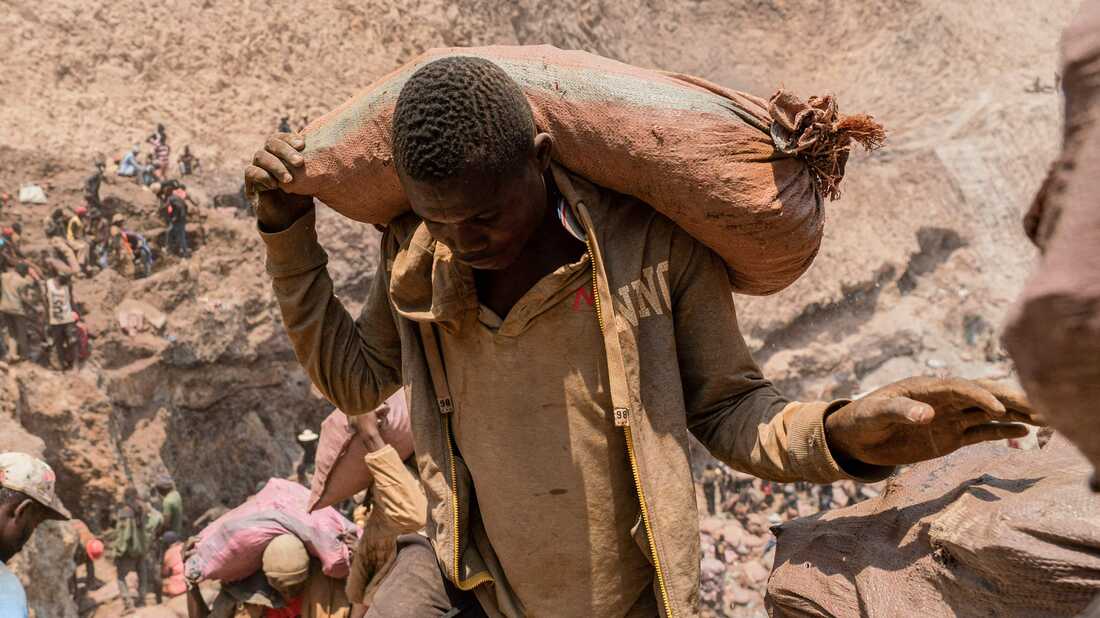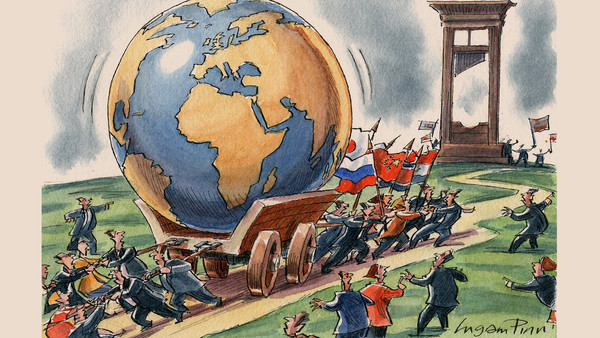Conflict mining for cobalt is a major issue in the Democratic Republic of Congo (DRC). The DRC produces more than 60% of the world's cobalt, which is used in the production of batteries for smartphones, electric vehicles, and other electronic devices. However, much of this cobalt is mined using forced labor and child labor, and is sold on the black market to fund armed groups.
The human toll of conflict mining in the DRC is significant. Miners are often forced to work long hours in dangerous and inhumane conditions, with little pay and no job security. Children are often forced to work in cobalt mines, and are denied an education and basic healthcare. Women and girls are at risk of sexual violence and exploitation.
The environmental impact of conflict mining in the DRC is also significant. Cobalt mining has led to deforestation, soil erosion, and water pollution. The use of toxic chemicals in cobalt mining has also led to health problems for local communities, including respiratory illnesses and birth defects.
The international community must work together to address the issue of conflict mining in the DRC. This includes supporting ethical and sustainable mining practices, holding companies accountable for their actions, and supporting local communities.
Works Cited:
Human Rights Watch. "Cobalt and Human Rights." Human Rights Watch, https://www.hrw.org/report/2016/01/19/cobalt-and-human-rights/life-and-death-mining-congo.








